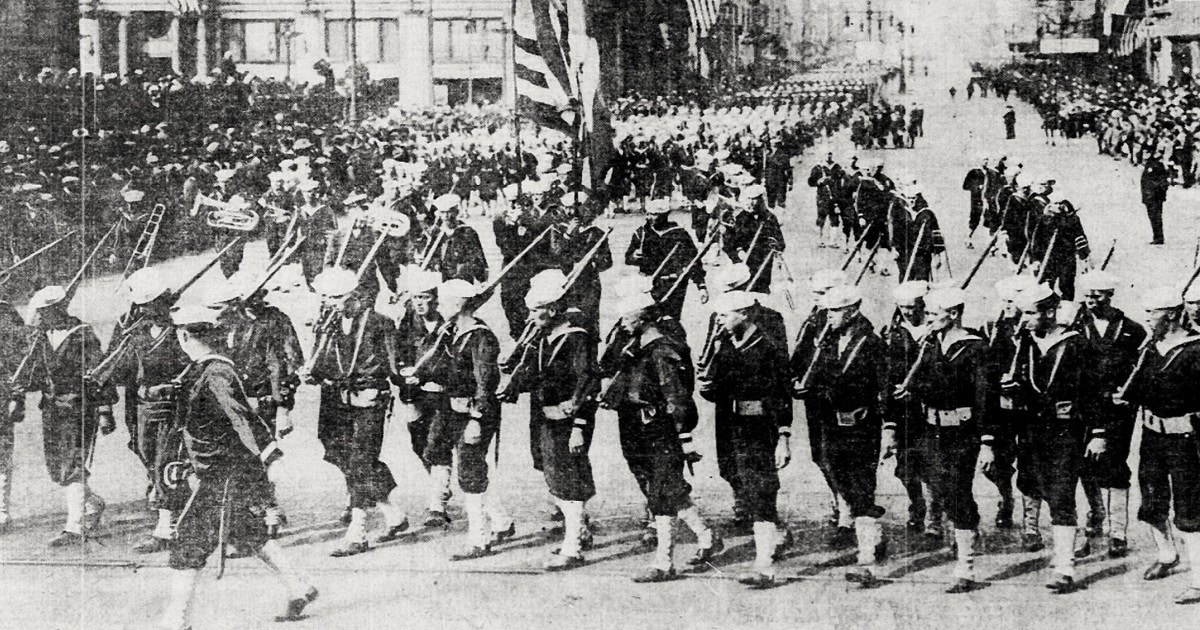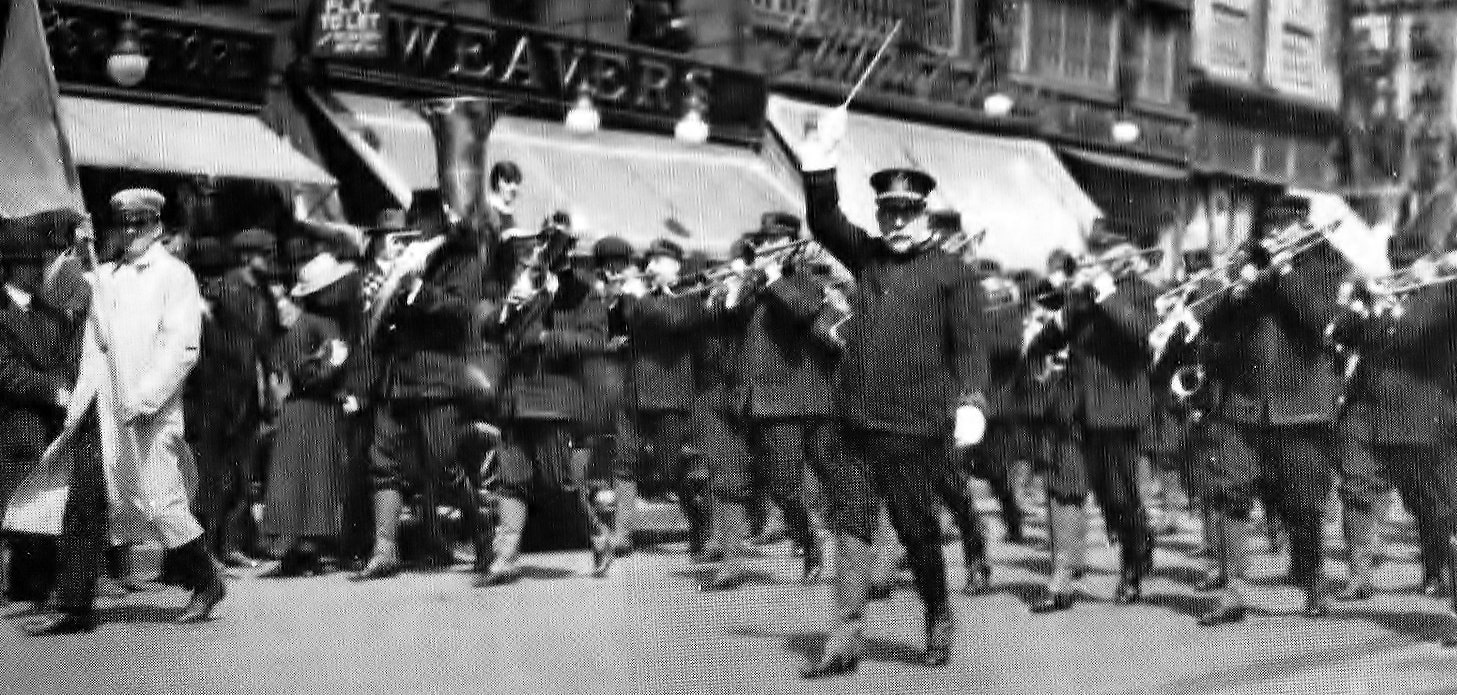Misguided attempts to do good that backfire instead are all too common throughout history. Take that time when Philadelphia decided to boost morale with a massive parade that stretched for miles. The idea was not bad in of itself, but the authorities could have chosen a better time. The parade was held amidst a global pandemic, the virus spread through the packed crowds like wildfire, and within days, thousands had died in the City of the Brotherly Love. Below are twenty five things about that and other misguided attempts to do right that went awry.

ADVERTISEMENT - CONTINUE READING BELOW
Boosting Morale With a Parade – in the Middle of a Deadly Pandemic
At summer’s end, 1918, most of the world could have used a bit of cheer. By then, World War I had raged for four years, millions had perished in the battlefields, and millions more had been wounded. Many more around the world, even those far away from the guns, suffered from the disruptions and hardships caused by history’s greatest war to date. By then, America had joined the war, and Doughboy deaths and injuries had steadily increased from a trickle to a torrent. It was against that grim backdrop that the authorities in Philadelphia decided that the city’s residents could do with a morale boost.

ADVERTISEMENT - CONTINUE READING BELOW
A massive parade was organized to raise spirits, and simultaneously support the troops by selling Liberty Loans – government-issued bonds that paid for the war. The parade would feature women’s groups, Boy Scouts, uniformed soldiers, and numerous marching bands. All would be capped by a concert headlined by the “March King” himself, composer and conductor John Philip Sousa. There was a hiccup, however, that the authorities overlooked, or more accurately, ignored: the Spanish Flu, the modern era’s deadliest pandemic.

